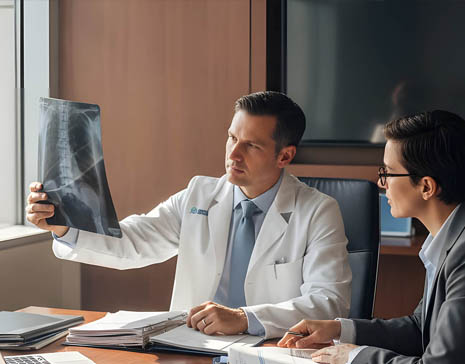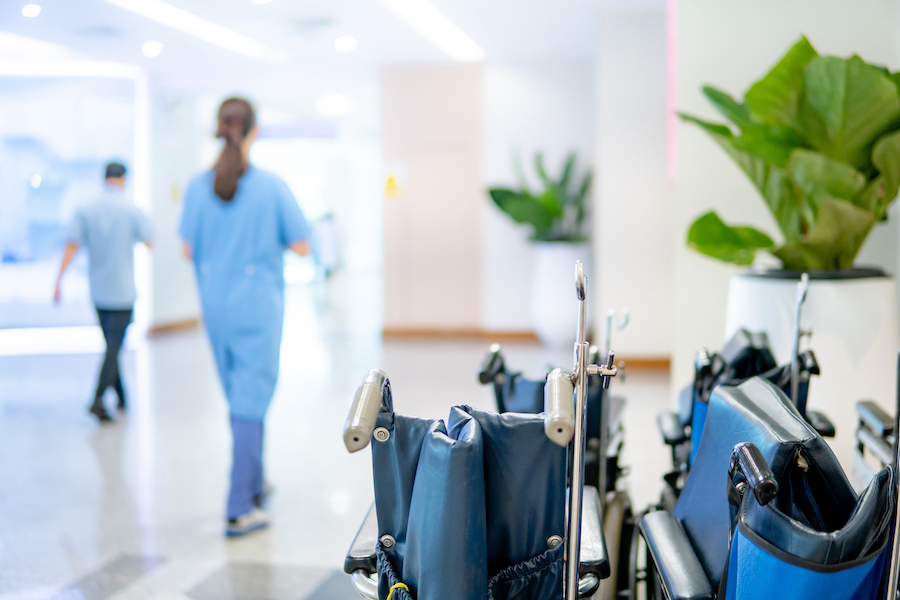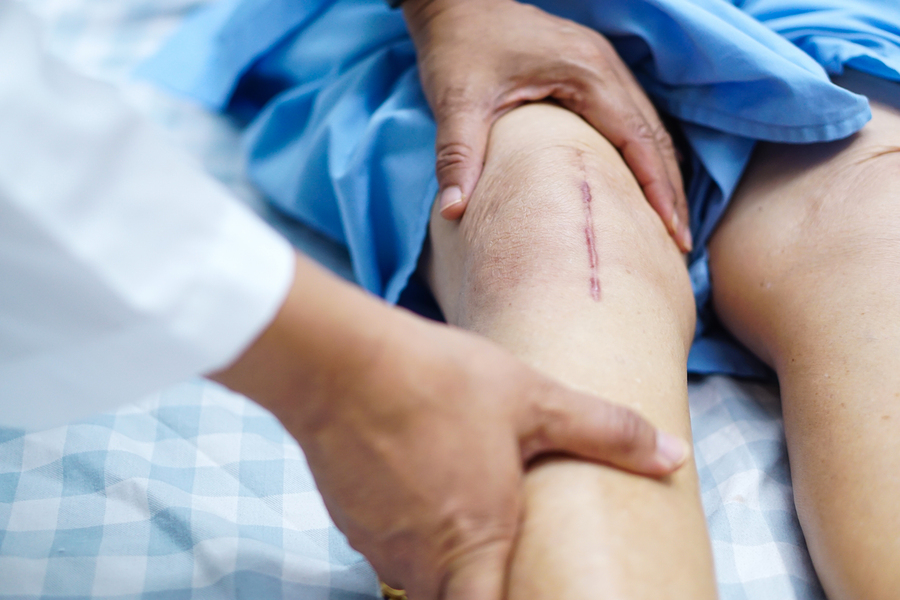Orthopedic surgery can make a huge difference to a patient’s life. But as with any surgery it comes with some risks! A major risk involved with orthopedic surgery is deep vein thrombosis (DVT). Today we are going to take a look at this condition, as well as some associated risks and prevention measures.
Deep Vein Thrombosis
Deep vein thrombosis occurs when a blood clot is formed within a deep vein. This condition is often associated with hip and leg surgeries, and common places for the development of DVT are the thighs and the calves. However, it can develop after any major orthopedic surgery in other parts of the body.
Although anyone can suffer from this condition, it is most common on people over 40 years of age. If you have a family history of blood clots then this is certainly something to watch out for and be aware of following a surgical procedure. Prolonged periods of inactivity can contribute to the onset of DVT, and it is important to try to be mobile where possible after surgery.
Certain pre-existing conditions or medical treatments can increase your risk of developing deep vein thrombosis. If you have cancer or heart disease, or you have undergone chemotherapy or radiotherapy, then this may increase your risk. Being pregnant or obese can also increase the chances of DVT developing.
Pulmonary Embolism
Another surgery risk to be aware of when DVT occurs is a pulmonary embolism. A pulmonary embolism can occur when a blood clot dislodges and travels through the veins. If this happens then it can actually block the flow of blood to the heart and lungs if it reaches them.
This condition is a serious one that can be fatal to the patient. Approximately one in ten people who have DVT that has been left untreated will also experience pulmonary embolism. Signs to watch out for are:
- Sudden or gradual breathlessness
- Pain in the chest that may get worse when you breathe in
- Collapsing
When DVT and pulmonary embolism present together then this is known as venous thromboemlism (VTE).
Symptoms of DVT
One of the most concerning things about deep vein thrombosis is that there may be no clear symptoms, which means that this very serious issue could go un-noticed.
There are, however, some symptoms that may present, which are:
- Tenderness in the legs
- Pain and swelling in the legs
- A warm area of skin (where the clot has developed)
- A red area of skin (most usually below the knee at the back of the leg)
Increased Blood Flow
The concerns regarding DVT and pulmonary embolisms are both good examples of why it is important to increase blood flow after orthopedic surgery.
If you are currently making the decision as to whether to have orthopedic surgery, then check out our previous blog post on the topic!
Research has shown that following a surgical procedure, better blood flow can improve the outcome of patients in both of the aforementioned conditions, as well as general wound healing. This is because increased blood flow improves the oxygen and nutrient supply that your body needs to recover.
Minimising Surgical Risks
When you are having surgery your medical team will develop a plan that is suitable for you in order to minimise these risks. This plan may include the use of anti-coagulation medication, intermittent pneumatic compression (IPC) or support wear.
It could also involve passive or active therapy, such as the elevation of limbs or specific exercises. While these all play a vital role in orthopedic surgery recovery, some of these solutions also come with their own risks and contraindications.
Anticoagulation medication may increase risk of bleeding complications. IPC and support wear may also be contraindicated. So there are times when the options available to doctors are limited.
It is also worth mentioning that DVT can present even if you haven’t recently had a surgical procedure. It can develop during long periods of inactivity, such as if you are on bed rest after a serious accident, or if you don’t move for a long time for another reason.
The Geko Device
One relatively new piece of equipment that has been developed for this purpose is the geko device. It looks a little like a wrist watch, but is worn around the knee. This device provides stimulation to the common peroneal nerve which activates the foot and calf muscle pumps, leading to increased venous, arterial and microcirculatory blood flow by up to sixty percent.
It has been discovered that the geko device can aid in both pre orthopedic surgery and post orthopedic surgery reduction of oedemas.
The geko is recommended by NICE (medical technologies guidance) for orthopedic patients who have a high risk of thrombosis, as well as those who have medication contraindications, and those where mechanical means of thrombosis prevention are not possible.
References
1) http://www.opnews.com/2015/11/increasing-blood-flow/11802
Related Posts
Cigarettes May Inhibit Inflammation Treatments
Axial spondyloarthritis, also known as AxSpa, is a chronic…











